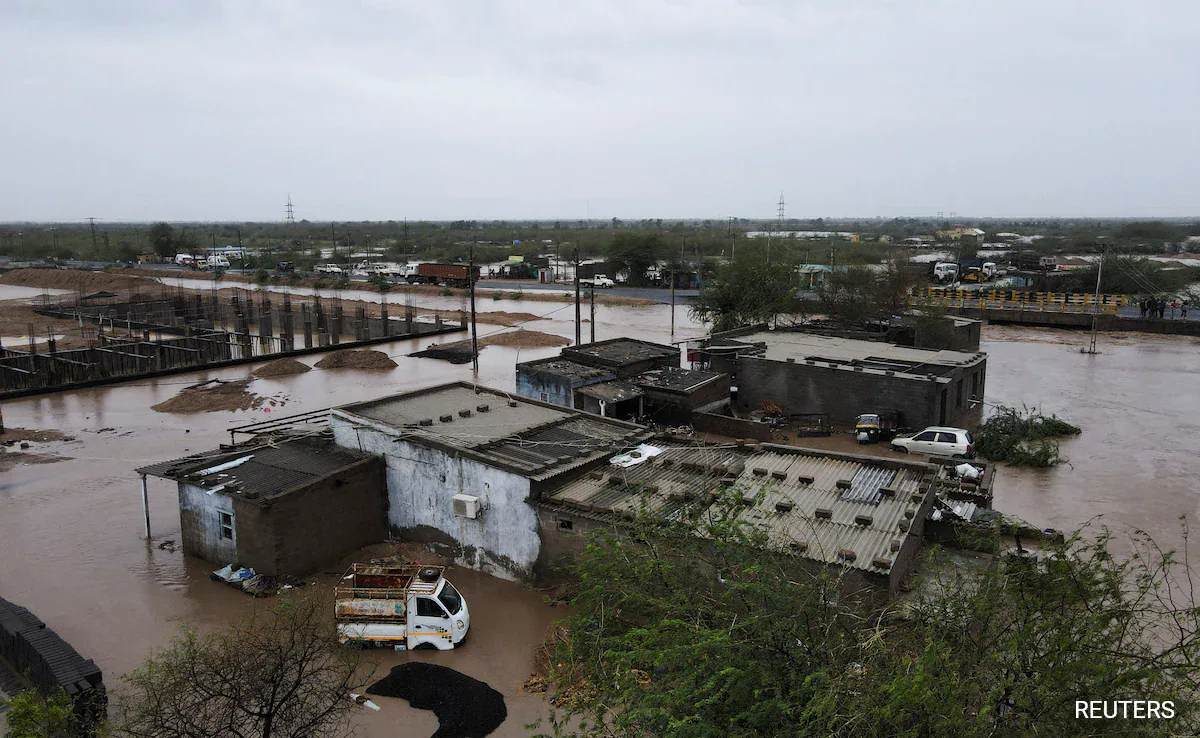In the wake of extreme weather events and water-related disasters, Asia emerged as the hardest-hit region globally in 2023, according to a recent report released by UN WMO.
In the wake of extreme weather events and water-related disasters, Asia emerged as the hardest-hit region globally in 2023, according to a recent report released by the United Nations’ World Meteorological Organization (WMO). Floods, storms, and soaring temperatures wreaked havoc, causing substantial casualties and economic losses throughout the continent.
The report, published on Tuesday, underscored that floods and storms stood out as the primary culprits behind casualties and financial damages in 2023. Furthermore, the intensification of heatwaves added to the region’s woes, exacerbating the severity of climate-related incidents.
Asia, in particular, experienced a warming trend surpassing the global average, with temperatures soaring nearly 2 degrees Celsius (3.6 degrees Fahrenheit) above the 1961-90 baseline. WMO Chief Celeste Saulo emphasized that numerous countries in Asia encountered their highest recorded temperatures in 2023, accompanied by a barrage of extreme weather events ranging from droughts and heatwaves to floods and storms.
“The frequency and severity of such events have been aggravated by climate change,” Saulo stated, expressing grave concern over the report’s findings.
According to the agency’s data, Asia bore the brunt of 79 disasters linked to water-related weather hazards in 2023. Of these incidents, approximately 80 percent comprised floods and storms, resulting in over 2,000 fatalities and directly impacting nine million individuals.
Highlighting the gravity of the situation, the “State of the Climate in Asia 2023” report revealed that floods emerged as the leading cause of death in reported events by a significant margin.
One alarming instance cited in the report was Hong Kong’s record-breaking rainfall of 158.1mm (6.2 inches) within a single hour on September 7, attributed to a typhoon. This deluge marked the highest recorded rainfall since 1884, underscoring the extreme weather events witnessed across the region.
Furthermore, the report shed light on the substantial loss of glacier mass in Asia’s high mountain areas due to unprecedented high temperatures and arid conditions. The Himalayas, Hindu Kush, and southwest China grappled with abnormal precipitation patterns, with southwest China enduring a drought throughout most months of the year.
From western Siberia to Central Asia and eastern China to Japan, soaring temperatures were a common theme, with Japan experiencing its hottest summer on record, the report noted.
The release of the report coincides with a spate of severe floods affecting several Asian countries in recent weeks. Southern China witnessed over 100,000 evacuations due to heavy rains and floods that claimed at least four lives. Similarly, Afghanistan and Pakistan declared a state of emergency in some regions following deadly flash floods triggered by heavy rains, claiming over 100 lives.
In response to the escalating climate crisis, WMO stressed the urgent need for enhanced weather services across Asia to provide tailored information for officials working on disaster risk reduction.
Celeste Saulo reiterated the imperative for immediate action, emphasizing the necessity of reducing greenhouse gas emissions and adapting to the evolving climate as fundamental imperatives rather than optional measures.
Peter Newman, a sustainability professor at Curtin University, characterized climate change as a self-induced conflict, asserting that the world is entrenched in a climate crisis projected to worsen until comprehensive net-zero emissions policies are implemented.
With floods serving as a potent wake-up call, Newman emphasized the need for swift action, citing the Intergovernmental Panel on Climate Change’s predictions, which, he noted, have materialized sooner than anticipated.
